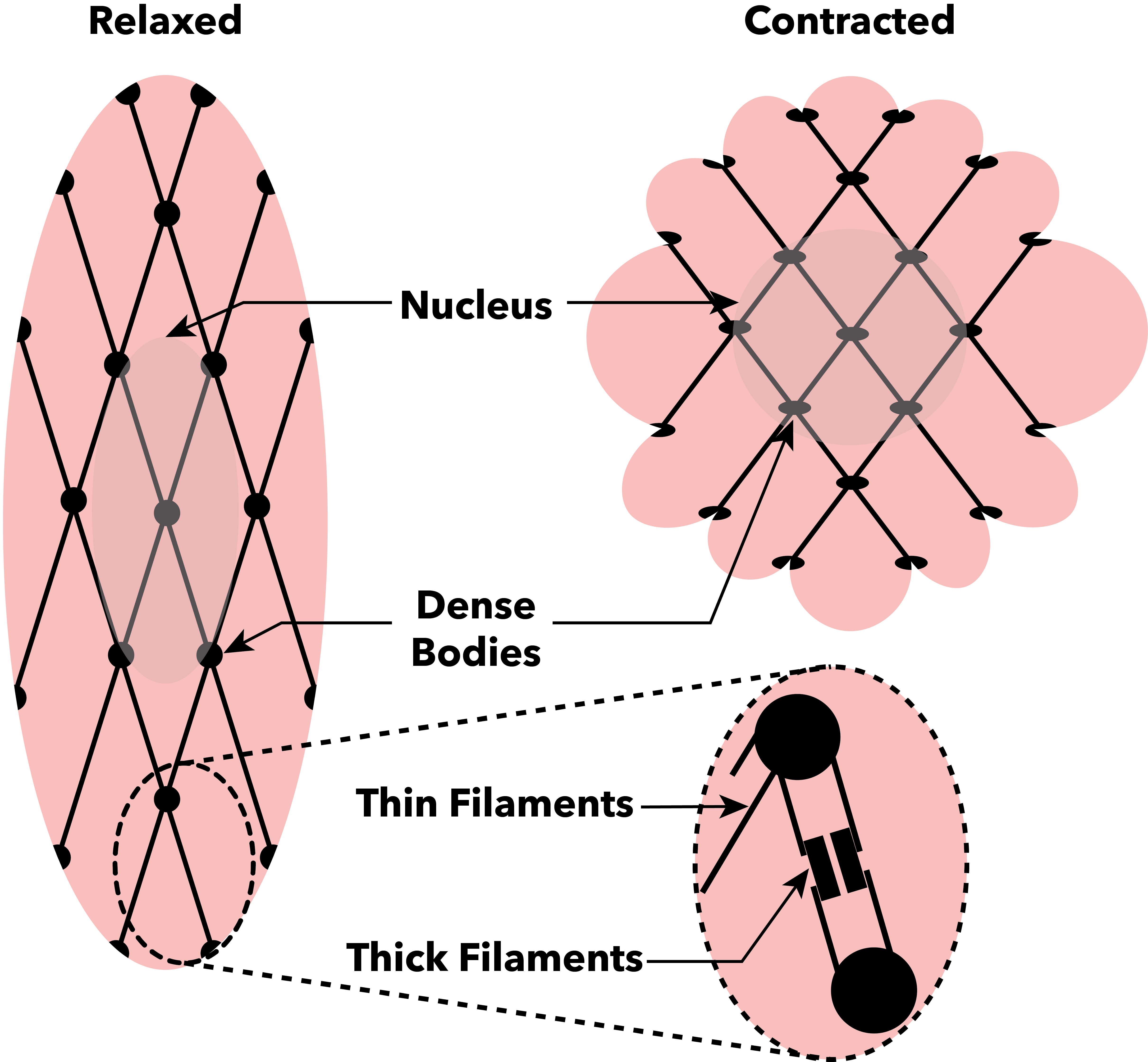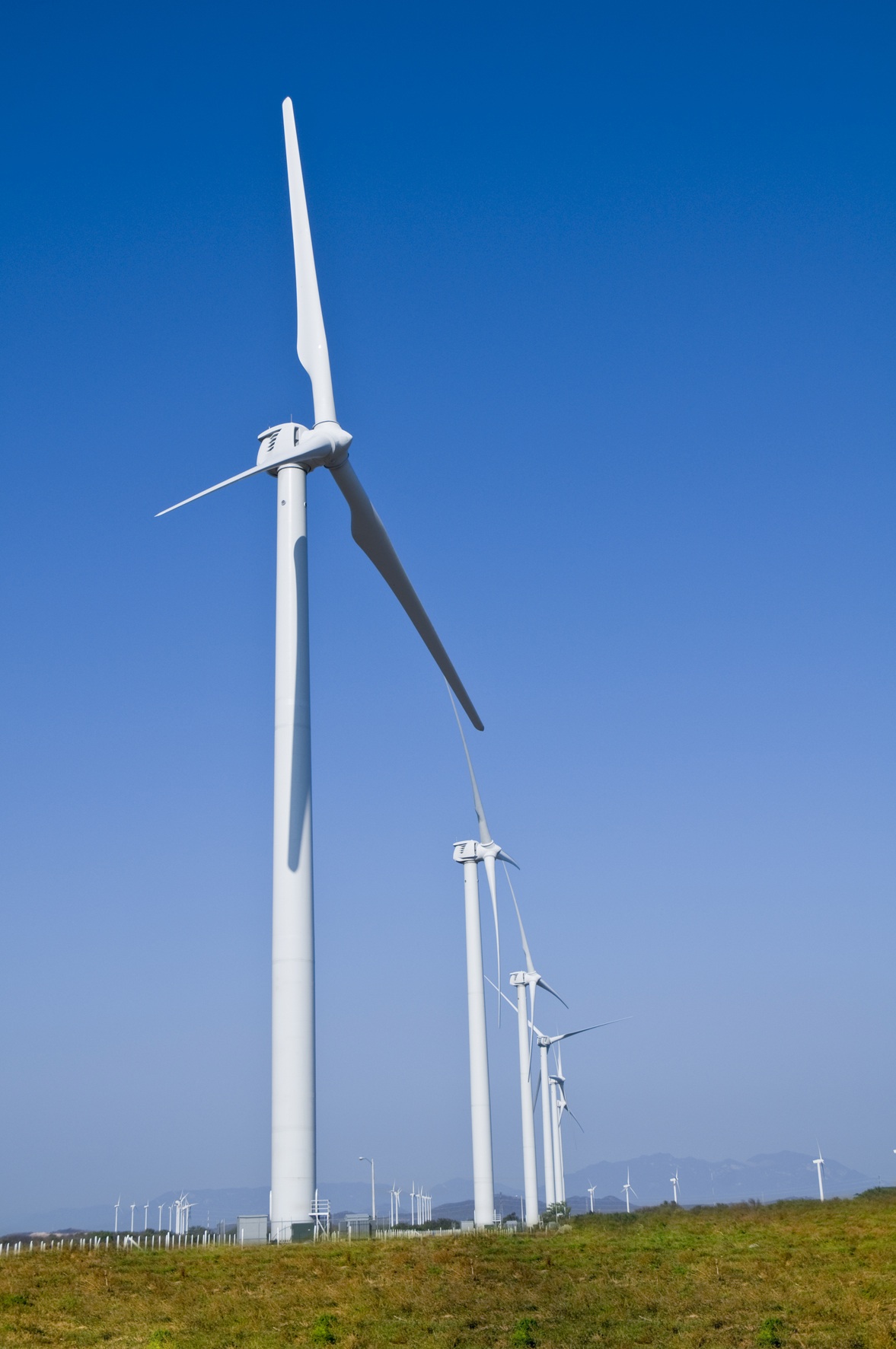|
Eccentric Training
Eccentric training is a type of strength training that involves using the target muscles to control weight as it moves in a downward motion. This type of training can help build muscle, improve athletic performance, and reduce the risk of injury. An eccentric contraction is the motion of an active muscle while it is lengthening under load. Eccentric training is repetitively doing eccentric muscle contractions. For example, in a biceps curl the action of lowering the dumbbell back down from the lift is the eccentric phase of that exercise – as long as the dumbbell is lowered slowly rather than letting it drop (i.e., the biceps are in a state of contraction to control the rate of descent of the dumbbell). An eccentric contraction is one of the distinct phases in the movement of muscles and tendons; they include isometric contraction (no movement), isotonic contraction, and concentric contraction (shortening). Eccentric training focuses on slowing down the process of muscle el ... [...More Info...] [...Related Items...] OR: [Wikipedia] [Google] [Baidu] |
Strength Training
Strength training, also known as weight training or resistance training, is exercise designed to improve physical strength. It is often associated with the lifting of Weightlifting, weights. It can also incorporate techniques such as bodyweight exercises (e.g., push-ups, pull-ups, and squats), isometrics (holding a position under tension, like planks), and plyometrics (explosive movements like jump squats and box jumps). Training works by progressive overload, progressively increasing the force output of the muscles and uses a variety of exercises and types of :Weight training equipment, equipment. Strength training is primarily an anaerobic exercise, anaerobic activity, although circuit training also is a form of aerobic exercise. Strength training can increase Skeletal muscle, muscle, tendon, and ligament strength as well as bone density, metabolism, and the lactate threshold; improve joint and cardiac function; and reduce the risk of injury in athletes and the elderly. For ... [...More Info...] [...Related Items...] OR: [Wikipedia] [Google] [Baidu] |
Muscle Contraction
Muscle contraction is the activation of Tension (physics), tension-generating sites within muscle cells. In physiology, muscle contraction does not necessarily mean muscle shortening because muscle tension can be produced without changes in muscle length, such as when holding something heavy in the same position. The termination of muscle contraction is followed by muscle relaxation, which is a return of the muscle fibers to their low tension-generating state. For the contractions to happen, the muscle cells must rely on the change in action of two types of Myofilament, filaments: thin and thick filaments. The major constituent of thin filaments is a chain formed by helical coiling of two strands of actin, and thick filaments dominantly consist of chains of the Motor protein, motor-protein myosin. Together, these two filaments form myofibrils - the basic functional organelles in the skeletal muscle system. In vertebrates, Muscle cell#Muscle contraction in striated muscle, skele ... [...More Info...] [...Related Items...] OR: [Wikipedia] [Google] [Baidu] |
Shock Absorber
A shock absorber or damper is a mechanical or hydraulics, hydraulic device designed to absorb and Damping ratio, damp shock (mechanics), shock impulses. It does this by converting the kinetic energy of the shock into another form of energy (typically thermal energy, heat) which is then dissipated. Most shock absorbers are a form of dashpot (a damper which resists motion via viscous friction). Description Pneumatic and hydraulic shock absorbers are used in conjunction with cushions and springs. An automobile shock absorber contains spring-loaded check valves and orifices to control the flow of oil through an internal piston (see below). One design consideration, when designing or choosing a shock absorber, is where that energy will go. In most shock absorbers, energy is converted to heat inside the viscous fluid. In hydraulic cylinders, the hydraulic fluid heats up, while in Pneumatic cylinder, air cylinders, the hot air is usually exhausted to the atmosphere. In other types of ... [...More Info...] [...Related Items...] OR: [Wikipedia] [Google] [Baidu] |
Damper
A damper is a device that deadens, restrains, or depresses. It may refer to: Music * Damper pedal, a device that mutes musical tones, particularly in stringed instruments * A mute for various brass instruments Structure * Damper (flow), a mechanical device in a duct or chimney that regulates airflow * Stockbridge damper, used to suppress wind-induced vibrations on taut cables * Tuned mass damper, a device mounted in structures to prevent discomfort, damage or structural failure by vibration Other uses * Damper (food), a bread of the Australian Outback * In mechanical engineering, a damper is a device for suppressing vibrations in a mechanical system by dissipating energy. ** Dashpot, a type of hydraulic or mechanical damper * Shock absorber (British or technical use: ''damper''), a mechanical device designed to dissipate kinetic energy * An item of boiler technology used to regulate the fire * In electronics, a kind of diode intended to absorb energy peaks, normally generate ... [...More Info...] [...Related Items...] OR: [Wikipedia] [Google] [Baidu] |
Energy Conversion
Energy transformation, also known as energy conversion, is the process of changing energy from one form to another. In physics, energy is a quantity that provides the capacity to perform Work (physics), work (e.g. lifting an object) or provides heat. In addition to being converted, according to the law of conservation of energy, energy is transferable to a different location or object or living being, but it cannot be created or destroyed. Limitations in the conversion of thermal energy Conversions to thermal energy from other forms of energy may occur with 100% efficiency. Conversion among non-thermal forms of energy may occur with fairly high efficiency, though there is always some energy dissipated thermally due to friction and similar processes. Sometimes the efficiency is close to 100%, such as when potential energy is converted to kinetic energy as an object falls in a vacuum. This also applies to the opposite case; for example, an object in an Elliptic orbit, elliptical ... [...More Info...] [...Related Items...] OR: [Wikipedia] [Google] [Baidu] |
Spring (device)
A spring is a device consisting of an Elasticity (physics), elastic but largely rigid material (typically metal) bent or molded into a form (especially a coil) that can return into shape after being compressed or extended. Springs can Energy storage, store energy when compressed. In everyday use, the term most often refers to coil springs, but there are many different spring designs. Modern springs are typically manufactured from spring steel. An example of a non-metallic spring is the Bow (weapon), bow, made traditionally of flexible Taxus baccata, yew wood, which when Bow draw, drawn stores energy to propel an arrow. When a conventional spring, without stiffness variability features, is compressed or stretched from its resting position, it exerts an opposing force approximately proportional to its change in length (this approximation breaks down for larger deflections). The ''rate'' or ''spring constant'' of a spring is the change in the force it exerts, divided by the cha ... [...More Info...] [...Related Items...] OR: [Wikipedia] [Google] [Baidu] |
Kinetic Energy
In physics, the kinetic energy of an object is the form of energy that it possesses due to its motion. In classical mechanics, the kinetic energy of a non-rotating object of mass ''m'' traveling at a speed ''v'' is \fracmv^2.Resnick, Robert and Halliday, David (1960) ''Physics'', Section 7-5, Wiley International Edition The kinetic energy of an object is equal to the work, or force ( F) in the direction of motion times its displacement ( s), needed to accelerate the object from rest to its given speed. The same amount of work is done by the object when decelerating from its current speed to a state of rest. The SI unit of energy is the joule, while the English unit of energy is the foot-pound. In relativistic mechanics, \fracmv^2 is a good approximation of kinetic energy only when ''v'' is much less than the speed of light. History and etymology The adjective ''kinetic'' has its roots in the Greek word κίνησις ''kinesis'', meaning "motion". The dichoto ... [...More Info...] [...Related Items...] OR: [Wikipedia] [Google] [Baidu] |
Elastic Recoil Energy
Elastic is a word often used to describe or identify certain types of elastomer, elastic used in garments or stretchable fabrics. Elastic may also refer to: Alternative name * Rubber band, ring-shaped band of rubber used to hold objects together * Bungee cord, a cord composed of an elastic core covered in a sheath * Chinese jump rope, a children's game resembling hopscotch and jump rope As a proper name * ''Elastic'' (album), a 2002 album by jazz saxophonist Joshua Redman *"Elastic", a 2018 single by Joey Purp *Elastic, working title of the 2012 Indian film ''Cocktail'' * Elastic NV, the company that releases the Elasticsearch search engine ** Elasticsearch, a search engine based on Apache Lucene * Amazon Elastic Compute Cloud (Amazon EC2), a web service that provides secure, resizable compute capacity in a cloud format * Elastics (orthodontics), rubber bands used in orthodontics See also * Elastic collision, a collision where kinetic energy is conserved * Elastic deformat ... [...More Info...] [...Related Items...] OR: [Wikipedia] [Google] [Baidu] |
Mechanical Energy
In physical sciences, mechanical energy is the sum of macroscopic potential and kinetic energies. The principle of conservation of mechanical energy states that if an isolated system is subject only to conservative forces, then the mechanical energy is constant. If an object moves in the opposite direction of a conservative net force, the potential energy will increase; and if the speed (not the velocity) of the object changes, the kinetic energy of the object also changes. In all real systems, however, nonconservative forces, such as frictional forces, will be present, but if they are of negligible magnitude, the mechanical energy changes little and its conservation is a useful approximation. In elastic collisions, the kinetic energy is conserved, but in inelastic collisions some mechanical energy may be converted into thermal energy. The equivalence between lost mechanical energy and an increase in temperature was discovered by James Prescott Joule. Many devices are us ... [...More Info...] [...Related Items...] OR: [Wikipedia] [Google] [Baidu] |
Power Output
Power may refer to: Common meanings * Power (physics), meaning "rate of doing work" ** Engine power, the power put out by an engine ** Electric power, a type of energy * Power (social and political), the ability to influence people or events Mathematics, science and technology Computing * IBM POWER (software), an IBM operating system enhancement package * IBM POWER architecture, a RISC instruction set architecture * Power ISA, a RISC instruction set architecture derived from PowerPC * IBM Power microprocessors, made by IBM, which implement those RISC architectures * Power.org, a predecessor to the OpenPOWER Foundation Mathematics * Exponentiation, "''x'' to the power of ''y''" * Power function * Power of a point * Statistical power Physics * Magnification, the factor by which an optical system enlarges an image * Optical power, the degree to which a lens converges or diverges light Social sciences and politics * Economic power, encompassing several concepts that economists use ... [...More Info...] [...Related Items...] OR: [Wikipedia] [Google] [Baidu] |
Internal Resistance
In electrical engineering, a practical electric power source which is a linear circuit may, according to Thévenin's theorem, be represented as an ideal voltage source in series with an impedance. This impedance is termed the internal resistance of the source. When the power source delivers current, the measured voltage output is lower than the no- load voltage; the difference is the voltage drop (the product of current and resistance) caused by the internal resistance. The concept of internal resistance applies to all kinds of electrical sources and is useful for analyzing many types of circuits. Battery A battery may be modeled as a voltage source in series with a resistance. These types of models are known as equivalent circuit models. Another common model being physiochemical models that are physical in nature involving concentrations and reaction rates. In practice, the internal resistance of a battery is dependent on its size, state of charge, chemical properties ... [...More Info...] [...Related Items...] OR: [Wikipedia] [Google] [Baidu] |
Exercise Machine
An exercise machine is any machine used for physical exercise. These range from simple spring-like devices to computerized electromechanical devices to recirculating-stream swimming pools. Most exercise machines incorporate an ergometer. An ergometer is an apparatus for measuring the work a person exerts while exercising as used in training or cardiac stress tests or other medical tests. Resistance machines Weight machines Weight machines use gravity as the primary source of resistance, and a combination of simple machines to convey that resistance, to the person using the machine. Each of the simple machines (pulley, lever, wheel, incline) changes the mechanical advantage of the overall machine relative to the weight. Other kinds of resistance machines * Friction machines * Spring-loaded machines (such as Bowflex) * Fan-loaded machines * Fluid-loaded machines * Bullworker * Hydraulic equipment * Whole body vibration * Outdoor gym * Pneumatic exercise equipment * Treadmil ... [...More Info...] [...Related Items...] OR: [Wikipedia] [Google] [Baidu] |






